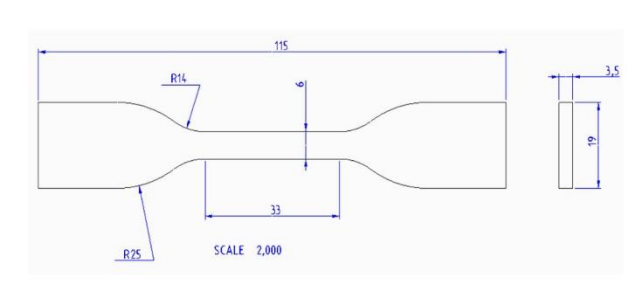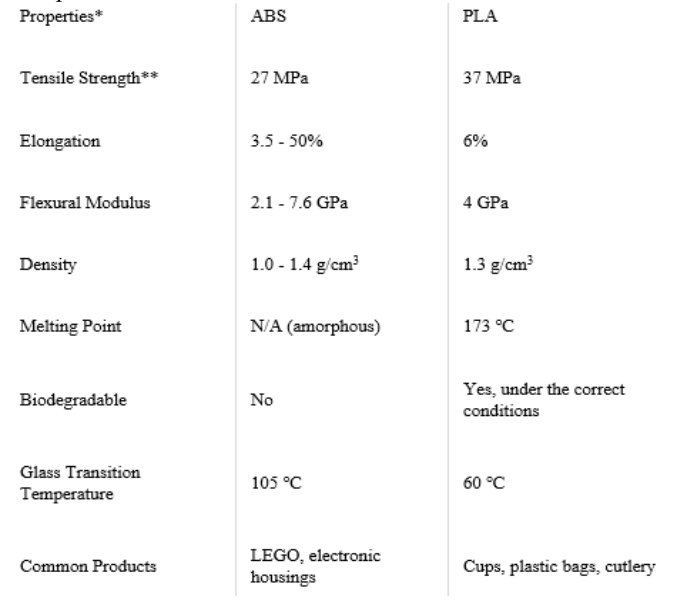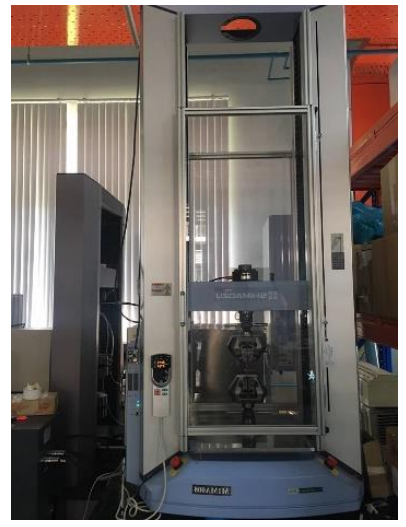Researchers Ei Cho and Thanh Tran, of Vietnamese-German University, explore the continually expanding science of 3D printing materials and how they are affected by material properties. In this study, the authors experiment with poly-lactic acid (PLA), outlining their findings in the recently published ‘Investigation on Influence of Infill Pattern and Layer Thickness on Mechanical Strength of PLA Material in 3D Printing Technology.’
While there has been plenty of research previously regarding mechanical properties and a reliance on shape, parameters, design, and layer thickness, in this study, the researchers are focusing specifically on PLA and the effects of layer thickness and infill pattern on part strength, stiffness, and ductility—whether in coupled or interactive instances.
Testing nine samples overall, the researchers used the Taguchi Method to examine infill and layer thicknesses, using the Minitab tool. Weka software was used as they researched suitable solutions, along with Annova (statistical support) and MATLAB tools (optimization).
The specimens for this project have two shoulders with a section in between:
“The shoulders are large so they can be readily gripped and the distance between two gripped shoulders are 65 mm, whereas the gauge section has a smaller cross-section with the length of 25 mm so that the deformation and failure can occur in this area,” explained the researchers.
In discussing materials overall, the researchers point out that while there is a wide range to choose from, ABS and PLA are still extremely popular as they generally offer users the opportunity to print parts that with accuracy and good surface finish; here, however, they chose PLA to avoid any of the more typical issues with ABS such as deviation, and features that are not as well-defined, such as corners.
“Overall, PLA is great for experimentation and is just another reason for its material properties to use in our FDM process,” explained the researchers.
Samples were designed using NX 10 and Cura, and then printed using the Builder 3D printers at the GPEM lab.
Overall, testing showed that layer thickness plays a much greater role than infill pattern in terms of influence. Higher layer thickness resulted in better mechanical strength, with triangle infill patterns also offering the greatest strength.
“However, the influence of infill patterns is not significant according to the Taguchi and coefficients from regression function,” stated the researchers. “According to the validation from simulations, the value of optimized parameters and resulted force can be determined as reliable results. The other effects of printing such as machine condition, ambient temperature, skill of temperature, amount of glue applied and so on affected the results.
“For the future work, the other types of pattern should be analyzed not only in term of mechanical properties but also in term of cost, material consumption, surface finish and environmental aspects. Moreover, new types of pattern which are more sustainable than current patterns can be created based on the previous studies. Furthermore, the number of experiments should be increased to get more accurate data and results.”
Because mechanical properties can have such a bearing on the outcome of work for 3D printing users, research continues in labs across the world experimenting with mechanical properties and color, shape memory polymers, in production of medical devices, and so much more.
What do you think of this news? Let us know your thoughts! Join the discussion of this and other 3D printing topics at 3DPrintBoard.com.
[Source / Images: ‘Investigation on Influence of Infill Pattern and Layer Thickness on Mechanical Strength of PLA Material in 3D Printing Technology’]Subscribe to Our Email Newsletter
Stay up-to-date on all the latest news from the 3D printing industry and receive information and offers from third party vendors.
You May Also Like
Further Understanding of 3D Printing Design at ADDITIV Design World
ADDITIV is back once again! This time, the virtual platform for additive manufacturing will be holding the first-ever edition of ADDITIV Design World on May 23rd from 9:00 AM –...
3D Printer Maker EVO-tech Reborn as NEVO3D — Once More With Feeling
EVO-tech was a 3D printing service and original equipment manufacturer established in 2013 and based in Schörfling am Attersee, Austria. The company produced high-quality material extrusion systems featuring linear bearings,...
3D Systems Brings 3D Printed PEEK Cranial Implant to the U.S. with FDA Clearance
For more than 10 years, 3D Systems (NYSE:DDD) has worked hand-in-hand with surgeons to plan over 150,000 patient-specific cases, and develop more than two million instruments and implants from its...
CDFAM Returns to Berlin for Second Annual Symposium
The second CDFAM Computational Design Symposium is scheduled for May 7-8, 2024, in Berlin, and will convene leading experts in computational design across all scales. Building upon the first event...


































